Subscribe to our YouTube channel for the latest videos, updates, and tips.
Home | About Us | Contact Us | Privacy | Math Blog
Representation of Irrational Numbers on The Number Line
In this topic, we’ll try to understand the representation of square root numbers also known as irrational numbers on the number line. Before going on the topic, let’s understand a simple concept of Pythagoras Theorem, which states that:
“if ABC is a right angled triangle with AB, BC and AC as the perpendicular, base and hypotenuse of the triangle respectively with AB = x units and BC = y units. Then, the hypotenuse of the triangle, AC is given by √x2+y2
Now lets get back to the original topic , i.e., representation of irrational numbers on the number line.
To have better understanding of the concept lets take an example of representation of square root of 2 (√2) on the number line. For the representation following steps must be followed:
Step I: Draw a number line and mark the centre point as zero.
Step II: Mark right side of the zero as (1) and the left side as (-1).
Step III: We won’t be considering (-1) for our purpose.
Step IV: With same length as between 0 and 1, draw a line perpendicular to point (1), such that new line has a length of 1 unit.
Step V: Now join the point (0) and the end of new line of unity length.
Step VI: A right angled triangle is constructed.
Step VII: Now let us name the trianlge as ABC such that AB is the height (perpendicular), BC is the base of triangle and AC is the hypotenuese of the right angled triangle ABC.
Step VIII: Now length of hypotenuse, i.e., AC can be found by applying pythagoras theorem to the triangle ABC.
AC2= AB2 + BC2
⟹ AC2 = 12 + 12
⟹ AC2 = 2
⟹ AC = √2
Step IX: Now with AC as radius and C as the centre cut an arc on the same number line and name the point as D.
Step X: Since AC is the radius of the arc and hence, CD will also be the radius of the arc whose length is √2.
Step XI: Hence, D is the representation of √2 on the number line.
2. Represent √5 on the number line.
Solution:
Steps involved are as follows:
Step I: Draw a number line and mark the center point as zero.
Step II: Mark right side of the zero as (1) and the left side as (-1).
Step III: We won’t be considering (-1) for our purpose.
Step IV: With 2 units as length draw a line from (1) such that it is perpendicular to the line.
Step V: Now join the point (0) and the end of new line of 2 units length.
Step VI: A right angled triangle is constructed.
Step VII: Now let us name the triangle as ABC such that AB is the height (perpendicular), BC is the base of triangle and AC is the hypotenuse of the right angled triangle ABC.
Step VIII: Now length of hypotenuse, i.e., AC can be found by applying Pythagoras theorem to the triangle ABC.
AC2 = AB2 + BC2
⟹ AC2 = 22 + 12
⟹ AC2 = 4 + 1
⟹ AC2 = 5
⟹ AC = √5
Step IX: Now with AC as radius and C as the centre cut an arc on the same number line and name the point as D.
Step X: Since AC is the radius of the arc and hence, CD will also be the radius of the arc whose length is √5.
Step XI: Hence, D is the representation of √5 on the number line.
3. Represent √3 on the number line.
Solution:
To represent √3on the number line, first of all we have to represent √2 on the number line. The procedure for the representation of √2 will be same in the previous example. So, let’s start from there only. The steps further followed will be as:
Step I: Now we need to construct a line which is perpendicular to line AB from point A such that this new line has unity length and let’s name the new line as AE.
Step II: Now join (C) and (E). The length of line CE could be found out by using Pythagoras theorem in right angled triangle EAC. So;
AE2 + AC2 = EC2
⟹ EC2 = 12 + (√2)2
⟹ EC2 = 1 + 2
⟹ EC2 = 3
⟹ EC = √3
So the length of EC line is found to be √3 units.
Step III: Now, with (C) as center and EC as the radius of circle cut an arc on the number line and mark the point as F. Since, OE is the radius of the arc, hence OF will also be the radius of the arc and will have the same length as that of OE. So, OF = √3 units. Hence, F will represent √3 on the number line.
Similarly, we can represent any rational number on the number line. The positive rational numbers will be represented on the right of (C) and the negative rational numbers will be on the left of (C). If m is a rational number greater than the rational number y then on the number line the point representing x will be on the right of the point representing y.
Irrational Numbers
Definition of Irrational Numbers
Representation of Irrational Numbers on The Number Line
Comparison between Two Irrational Numbers
Comparison between Rational and Irrational Numbers
Problems on Irrational Numbers
Problems on Rationalizing the Denominator
Worksheet on Irrational Numbers
From Representation of Irrational Numbers on The Number Line to HOME PAGE
Didn't find what you were looking for? Or want to know more information about Math Only Math. Use this Google Search to find what you need.
Recent Articles
-
Quadrilaterals | Four Sided Polygon | Closed Figure | Adjoining Figure
Jul 14, 25 02:55 AM
Quadrilaterals are known as four sided polygon.What is a quadrilateral? A closed figure made of our line segments is called a quadrilateral. For example: -
Formation of Numbers | Smallest and Greatest Number| Number Formation
Jul 14, 25 01:53 AM
In formation of numbers we will learn the numbers having different numbers of digits. We know that: (i) Greatest number of one digit = 9, -
5th Grade Geometry Practice Test | Angle | Triangle | Circle |Free Ans
Jul 14, 25 01:53 AM
In 5th grade geometry practice test you will get different types of practice questions on lines, types of angle, triangles, properties of triangles, classification of triangles, construction of triang… -
5th Grade Circle Worksheet | Free Worksheet with Answer |Practice Math
Jul 11, 25 02:14 PM
In 5th Grade Circle Worksheet you will get different types of questions on parts of a circle, relation between radius and diameter, interior of a circle, exterior of a circle and construction of circl… -
Construction of a Circle | Working Rules | Step-by-step Explanation |
Jul 09, 25 01:29 AM
Construction of a Circle when the length of its Radius is given. Working Rules | Step I: Open the compass such that its pointer be put on initial point (i.e. O) of ruler / scale and the pencil-end be…
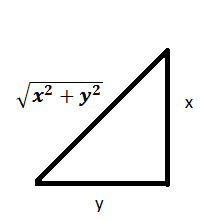

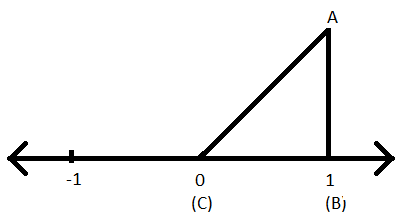

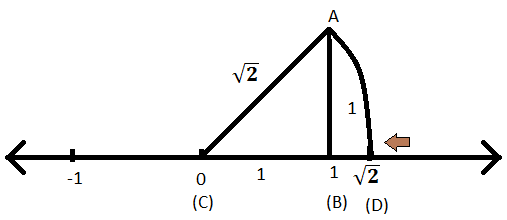
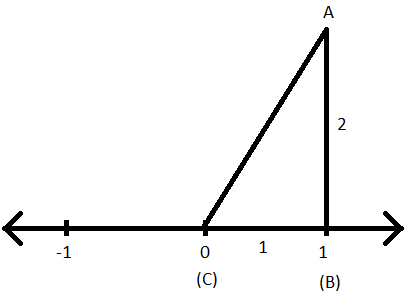
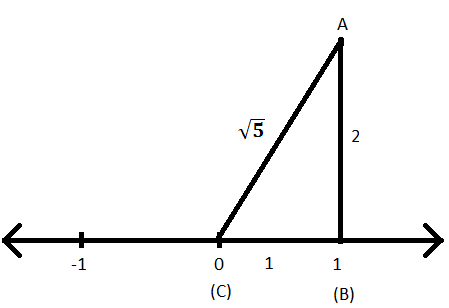
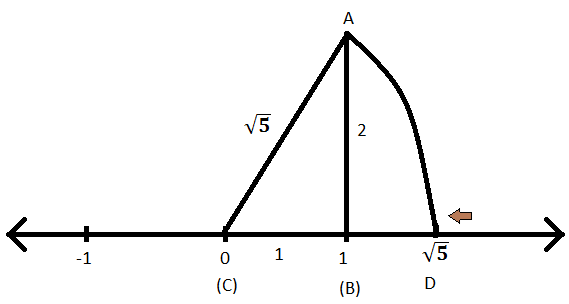
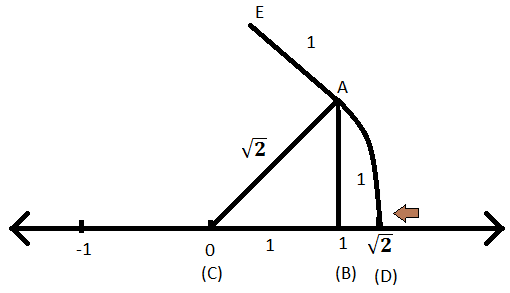
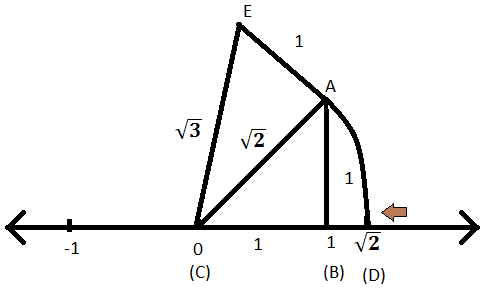
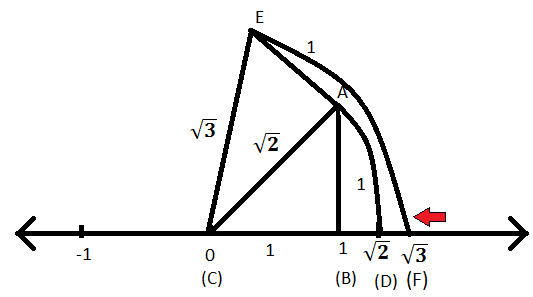

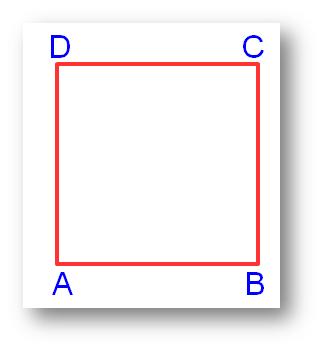
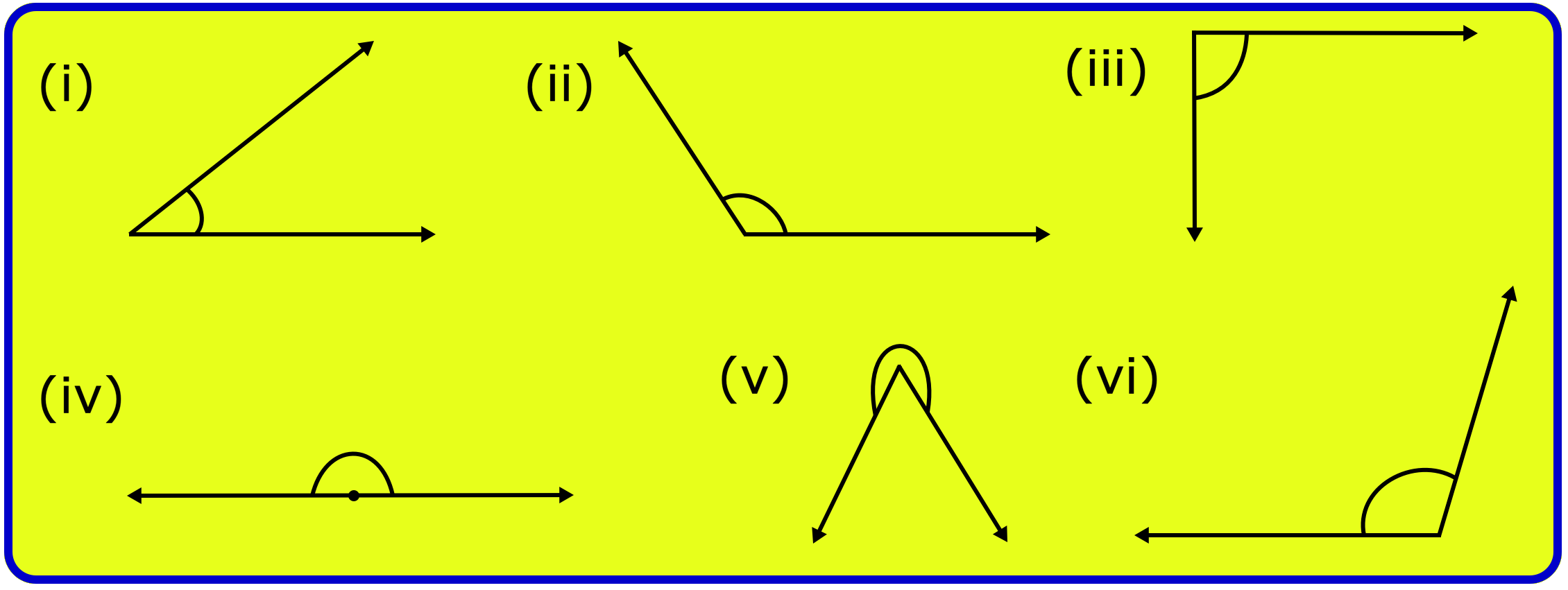


New! Comments
Have your say about what you just read! Leave me a comment in the box below. Ask a Question or Answer a Question.